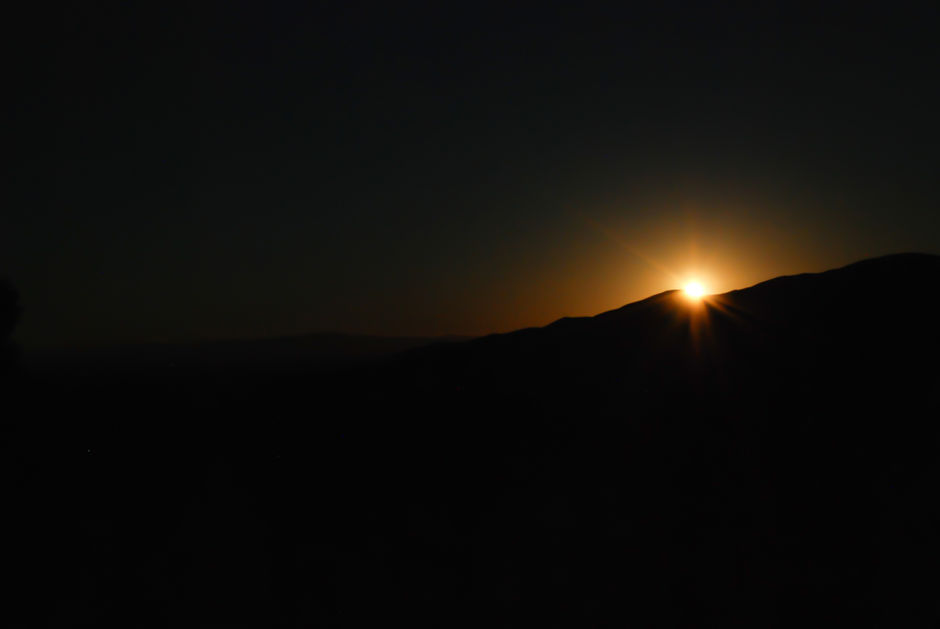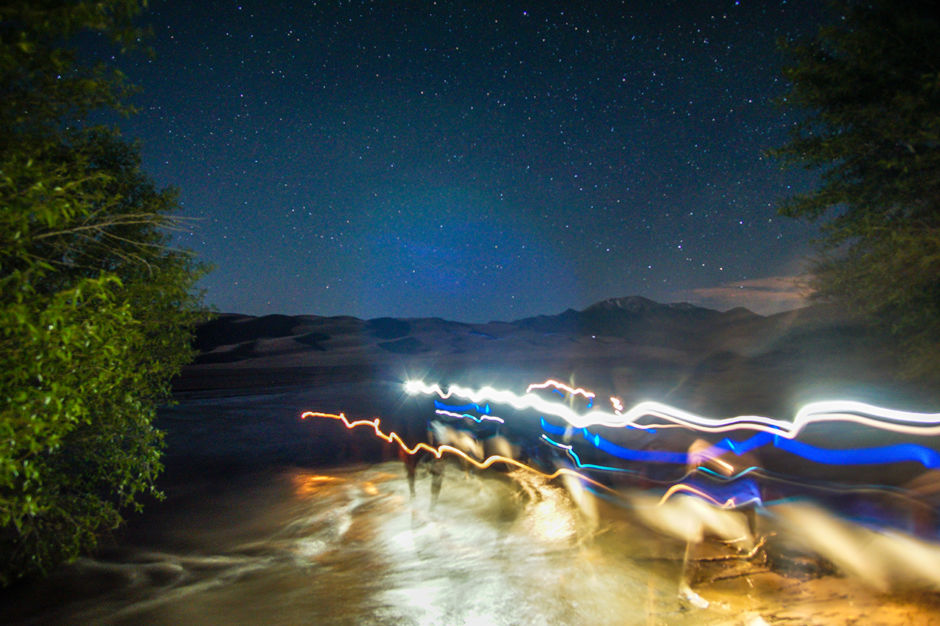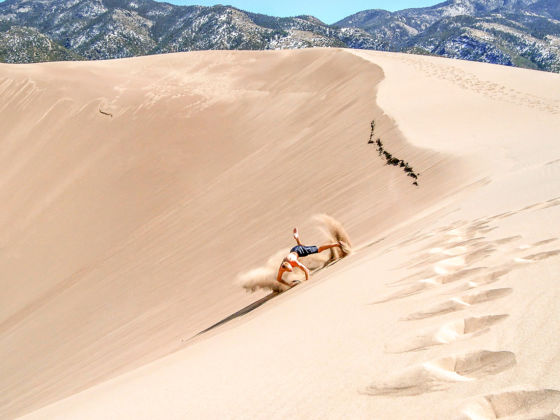SINCE COLORADO is a landlocked state, you wouldn’t suspect it would be home to the tallest sand dunes in North America. But in the south part of the state, nestled against the western slopes of the Sangre de Cristo range, sits the 230-square mile Great Sand Dunes National Park and Preserve. The park boasts a variety of unique ecosystems from a desert valley to the seasonally surging Medano Creek. Early spring is a perfect time to spend a weekend in the dunes —the sand can reach very high temperatures in the warmer months. My hiking friends and I ended up with sand in every crevice, but with an experience like none other in one of the most unique National Parks.
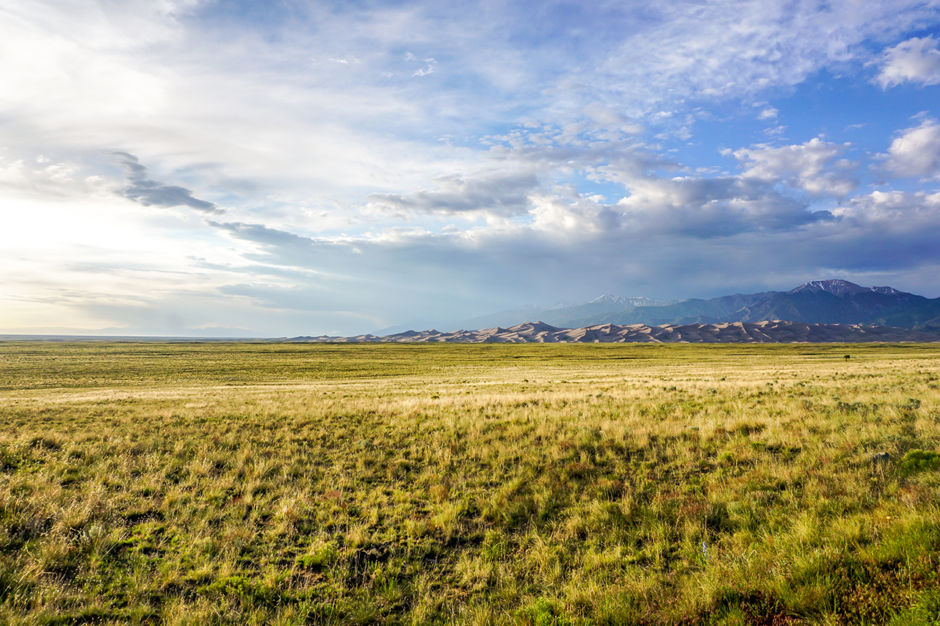
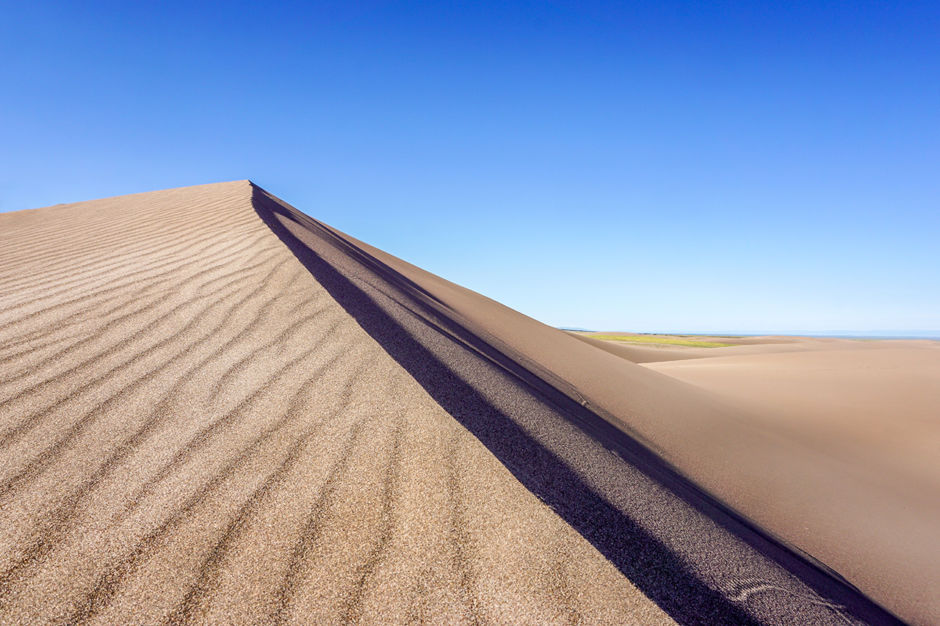
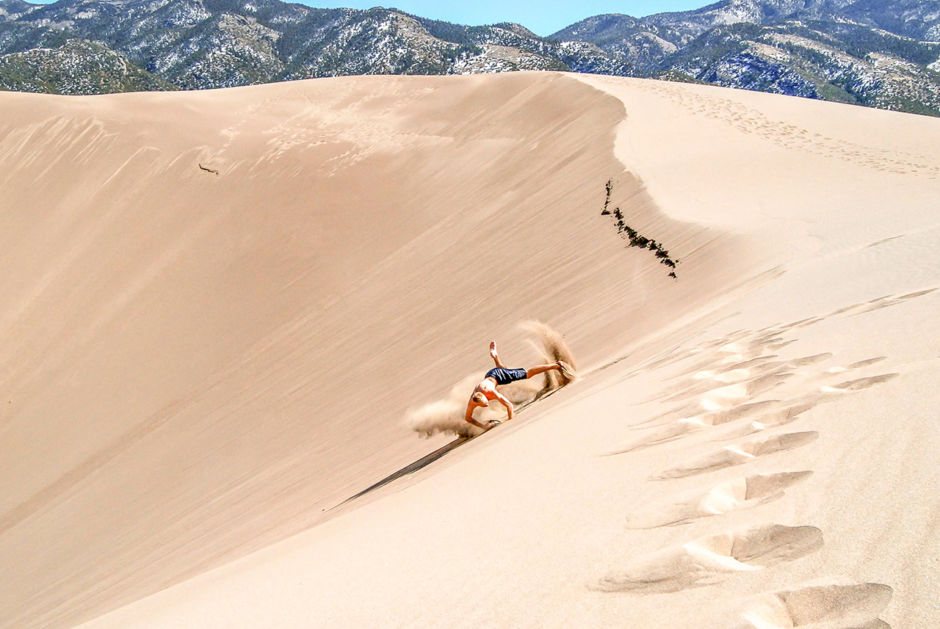
Intermission
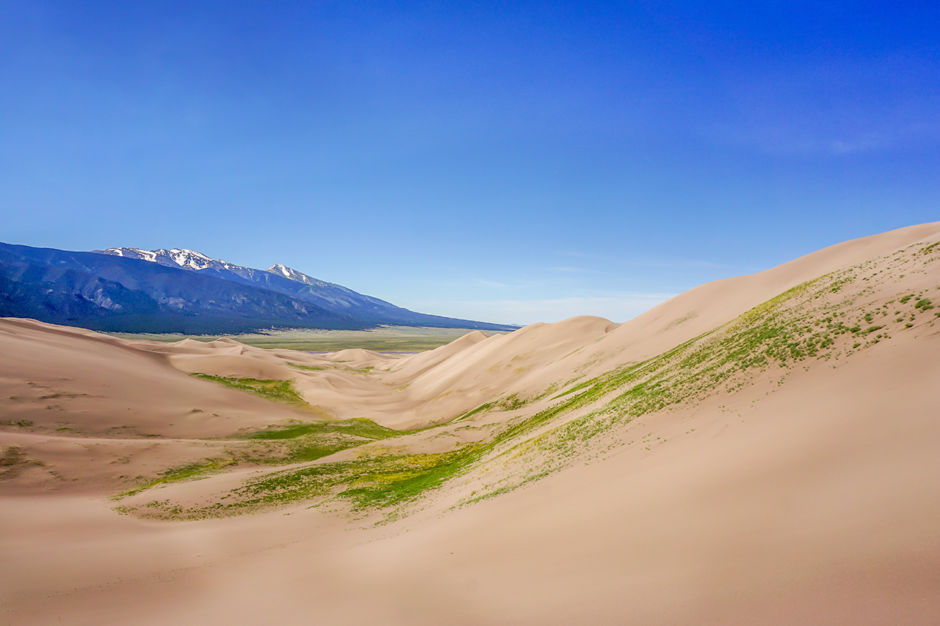

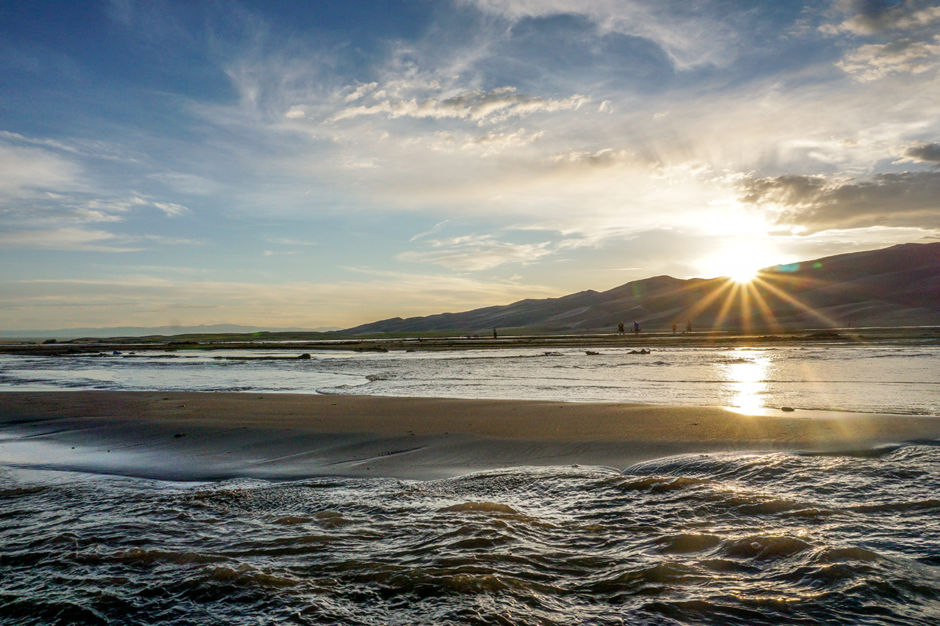
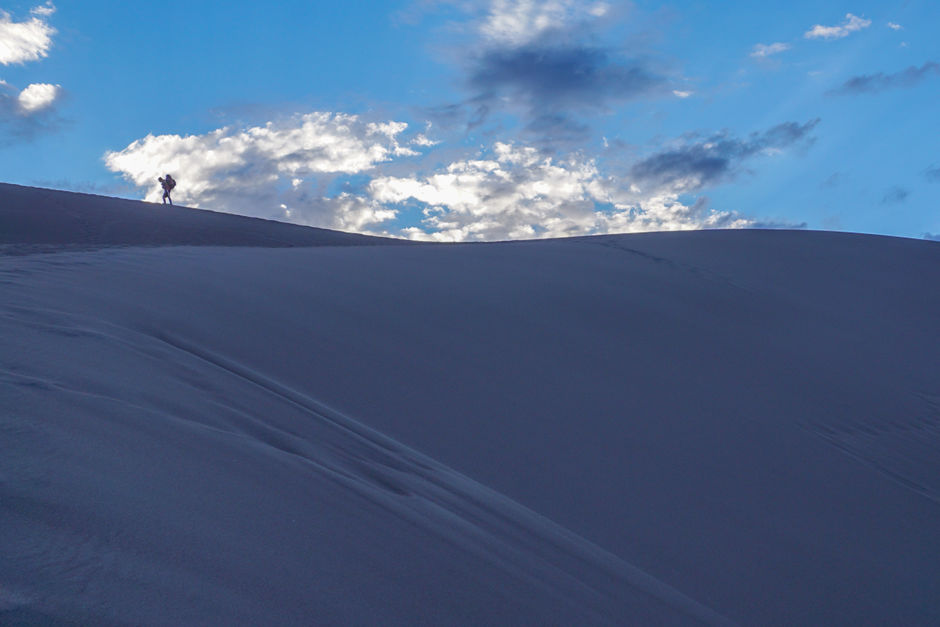
Intermission


